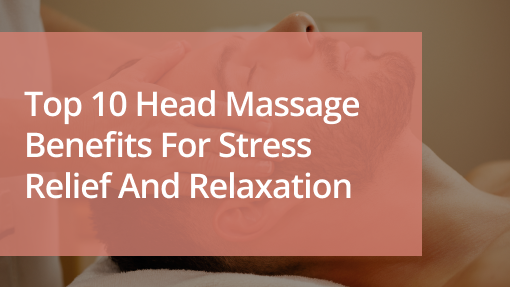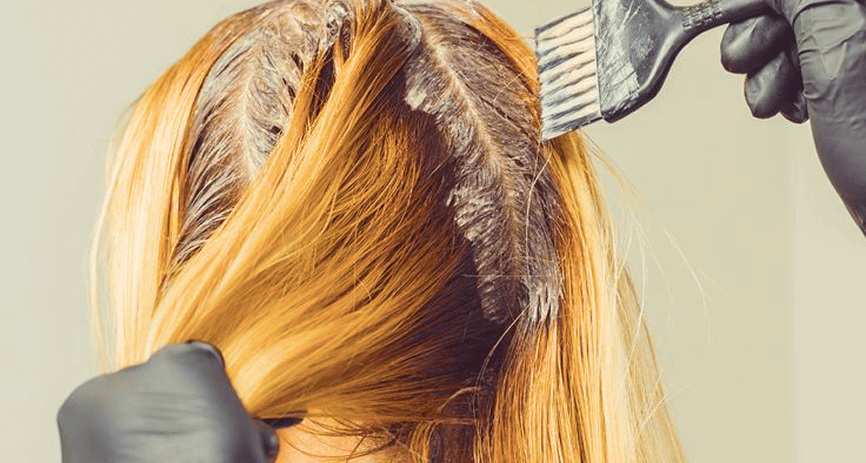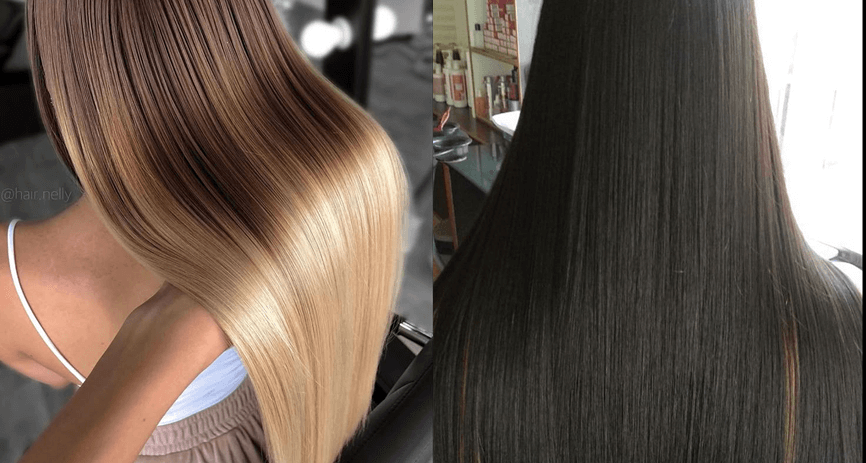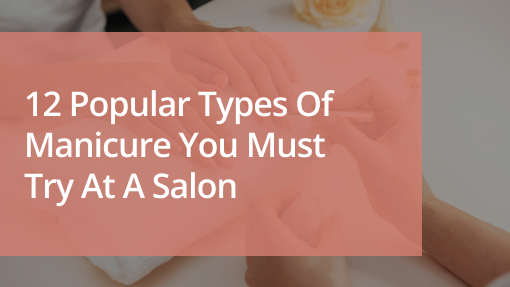That said, results can vary from person to person. To keep the smooth finish for longer, make sure you use a sulfate-free shampoo after the treatment.
Just remember, it’s a stronger treatment, so proper aftercare is key. Always follow up with a gentle, sulfate-free shampoo and regular conditioning to keep your hair healthy and smooth.
It might sound confusing, but here’s a simple breakdown of keratin treatment vs smoothing that can help you choose better.
As you can see, the choice really depends on what you want: a more natural flow or a straight, uniform look.
Picking between keratin and smoothening can honestly feel a bit much. They sound similar, both promise smoother hair. But they actually work quite differently. It all depends on your hair type, how much effort you’re okay with, and the kind of finish you’re hoping for.
Go for keratin treatment if you want straighter, sleeker hair for the long term. It uses stronger formulas to completely change your natural texture, making it easier to style.
Choose hair smoothening if you want to tame frizz but still keep your natural bounce. It smooths without fully straightening, giving you a softer, more natural look.
Both treatments save you time, but keratin has a short aftercare period, while smoothening lasts longer but may need more touch-ups.
Hair smoothing can be more affordable and gentler on the hair, which can save you money on long-term maintenance
Choosing between keratin and smoothening isn’t always easy. Your hair type, routine, and how you like to wear your hair every day really matter. If you’re someone who likes their waves but just wants less frizz, keratin can help without changing your natural pattern too much. But if you like your hair straight and neat all the time, smoothening might be a better fit.
So if your hair’s feeling a bit dull or just not behaving lately, you could come in anytime. Maybe it’s time to try something new and see how good your hair can really feel.
Disclaimer: Every treatment or procedure suggested on this blog may vary from guest to guest, as each person’s hair and skin are unique and may respond differently. Book an appointment at our salon for a free consultation before proceeding with any treatment or procedure.






